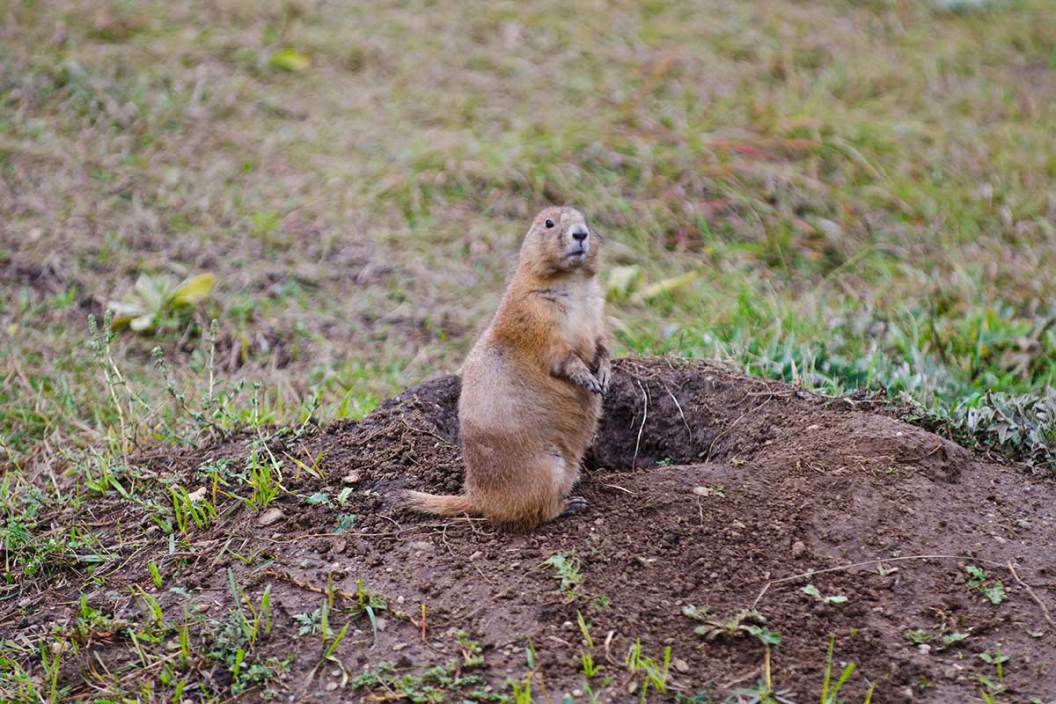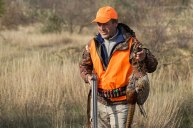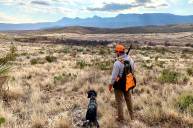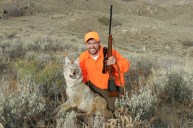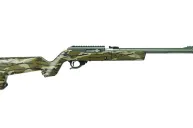For many farmers and landowners, prairie dogs have practically become a plague. They can destroy crops, damage the ground, spread disease, and ultimately harm livestock. Because they're a fast-growing problem, many opportunities exist to get in on hunting these varmints. Hunting prairie dogs can be a blast, but it's important to be outfitted with the right gear before heading out. Here's what you'll need.
Prairie Dog Hunting Gear
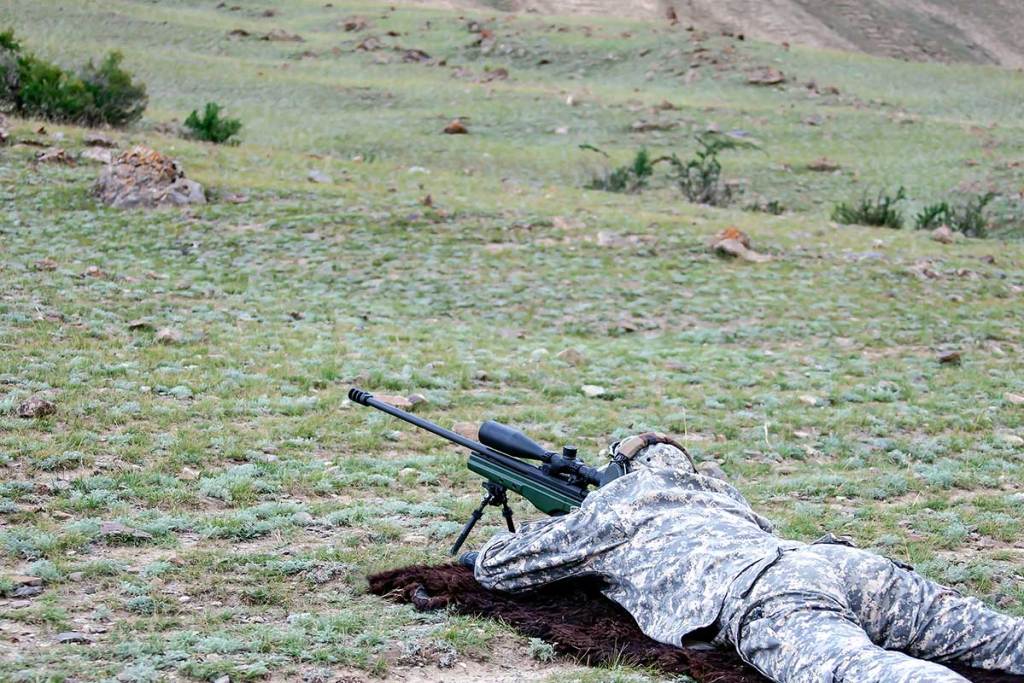
Firearms: A weapon for firing at prairie dogs is the most obvious necessity. You have plenty of options for prairie dog hunting guns, from affordable air rifles to precision-style rifles. Keep in mind that most shots will be from a minimum of 100 yards away and easily several hundred yards away. Choose a gun you're comfortable shooting for hours and outfit it with a high-quality scope. Everyone has a favorite, but this is largely based on personal preference. Whatever weapon you choose to shoot, stock up on enough ammo for hours or days of shooting. When you think you have plenty, grab a little more. A great day of prairie dog hunting could offer lots of shooting, and you don't want to have to call it quits because you ran out of ammo.
Whether you prefer to shoot from a prone position or seated position, take the necessary accessories and give yourself options in case you want to switch it up. A shooting bench, pad, tripod or shooting sticks, sand bags, comfortable chair—they're all great to have and will make the hunting experience much more enjoyable. You likely won't have to walk far from your vehicle to set up, so taking a few extra items that could keep you comfy for hours is worth the minimal hassle.
Optics: You'll want to take some quality glass with you to spot unsuspecting prairie dogs and determine how far away they are. It's a good idea to bring both a pair of binoculars and a rangefinder — or find a two-in-one set of rangefinding binos.
Hearing Protection: If you hit it right, you and your hunting crew will be firing lots of shots at prairie dogs over a long period of time. Without proper hearing protection, this could potentially do some damage. Be sure to take appropriate hearing protection with you to prevent headaches, ringing ears, and long-term damage.
Boots: Depending on where your prairie dog hunts takes you, you could end up in rattlesnake country, uneven ground, thick brush, or a muddy mess. Choose boots that fit your destination and the potential conditions you could face in the field. If the area you're hunting has a rattler problem, invest in a pair of snake boots. Waterproof boots are always a good choice in case of unpredictable weather.
Sunscreen and Repellent: If you're enjoying a successful prairie dog hunt, you could get caught up in the experience for hours without realizing the sun is scorching any exposed skin. Apply sunscreen before heading out or stick some in your pack in case you need it. Some prairie dog destinations are also hotbeds for bugs, so treat your clothing with a repellent and bring some spray along with you in case the pests are active while you're trying to shoot.
Rain Gear: Although many of the places you'll find prairie dogs tend to be dry, there's always a possibility the skies will open up and soak you. In addition to your regular prairie dog hunting apparel, take some rain gear with you in case of showers.
Prairie Dog Hunting Tactics
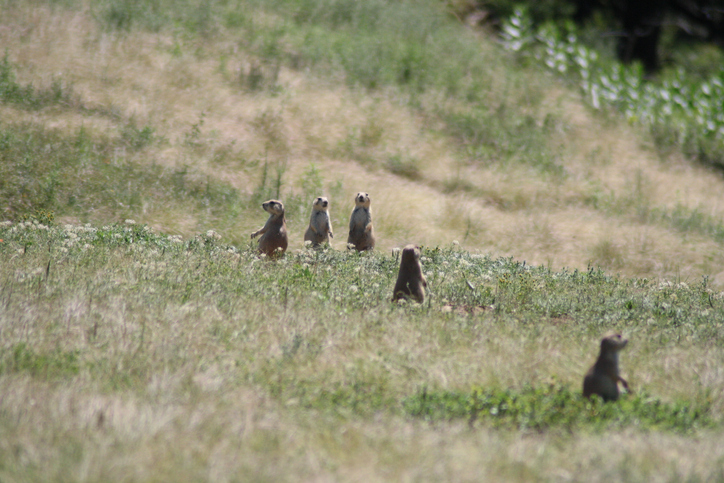
Once you've secured a spot to hunt prairie dogs—whether that's by knocking on doors or booking with an outfitter—create your game plan. These critters typically live on prairies comprised of sandy soil with short grass, which provides good burrowing ground and a convenient food source. Prairie dogs can tolerate high heat and are most active during the daylight hours so stick to hunting them when it's light outside. During their feeding times in the early morning or late afternoon usually offers the best opportunity.
Set up far from where you expect the prairie dogs to emerge. These animals have incredible vision and can be skittish when scared, so stay at least 100 yards away and use your optics to scope out the action. While you can shoot from whatever position you prefer, sitting off the ground can provide you with a better vantage point than shooting from the prone position.
When you get a prairie dog in your crosshairs, shoot! They might not stay out of the areas they've burrowed for long, so be prepared to quickly fire at targets up to a few hundred yards away—especially as the year progresses and they get more wary.
